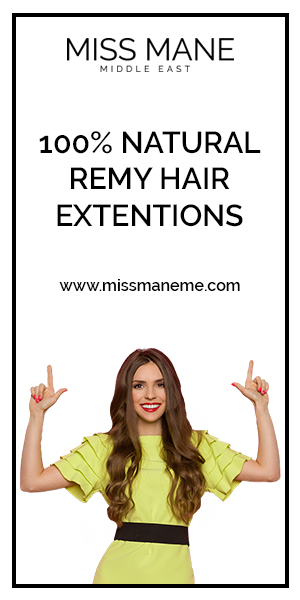Bedouin is a brand you need to know. We here at The Arab Edition have had our curious eye on the contemporary ready-to-wear label and its designer Andraya Farrag for some time. Since first catching glimpses of Bedouin pieces online and on the streets and then meeting the creative behind the brand, our curiosity has since transformed into true admiration.
Keeping detailed notes of everything we love about the flattering easy to wear clothes whose aesthetic is familiar but different, unique yet accessible and ultimately aspirational, we couldn’t help but notice a correlation between the everything that Bedouin represents and Andraya herself. Motivated and passionate, it takes a brave person to start their own fashion label at 25. And yet meeting Andraya, one gets the sense of someone, who although works incredibly hard, has a relaxed sensibility and attitude to style.
Andraya comes from a mixed background where her Egyptian and English heritage has influenced how she creates clothes. And interesting fact given that Bedouin resonates with both Arab and Western women.
‘Our tribe of women reaches from Riyadh to London,’ Andraya told The Arab Edition, ‘I can honestly say that there is no definite correlation to one region buying more than the other.’
The Bedouin woman like it’s designer who splits her time between Dubai and London, is a spontaneous, cultured, free-spirited and confident woman. Bedouin manages to blur the lines between casual and evening wear, East and West, chic and casual through a minimal approach, loose tailoring and with a consistent theme that less is more. Andraya’s ethos and her work atBedouin pushed the idea that style has no borders and that we are all part of the same nomadic tribe.
The Arab Edition managed to have a chat with Andraya as she was busy fitting her new AW18 collection for London Fashion Week in February to ask her about her Arab influence, the fashion industry and how fashion can bridge the gap between cultures.











